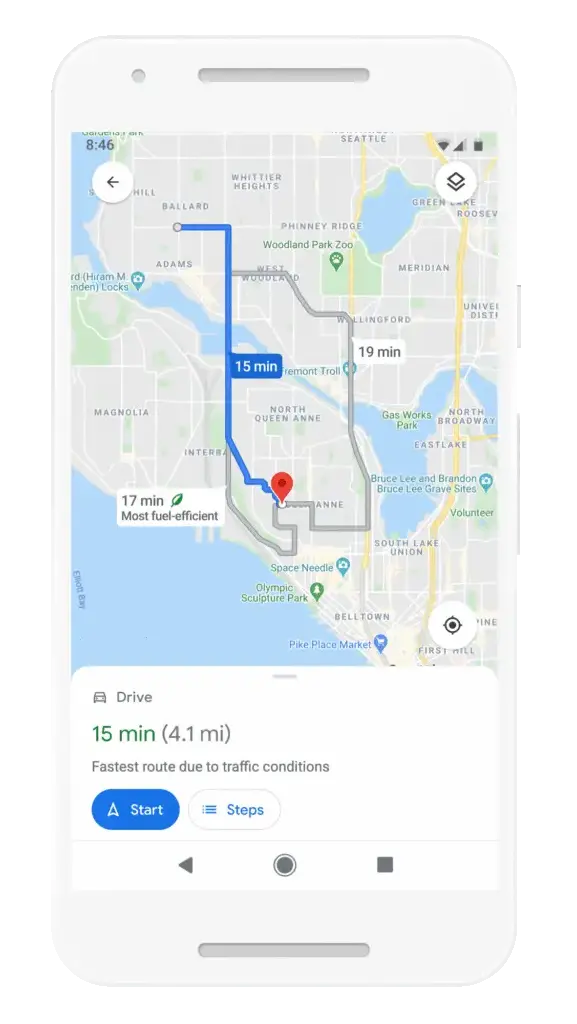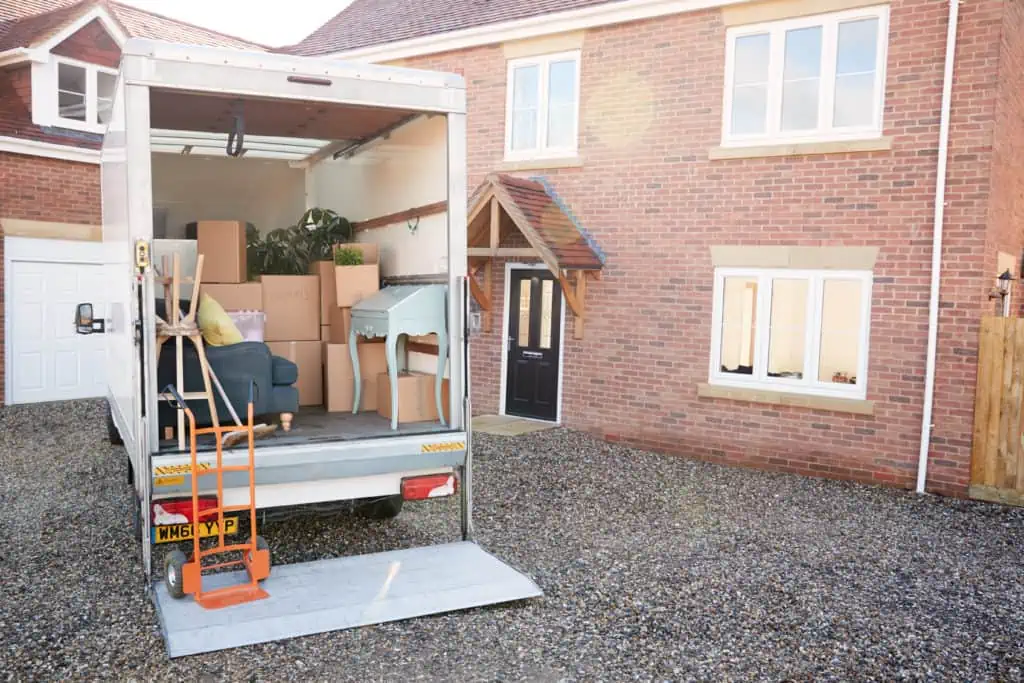Many people assume hiring movers to help with a relocation means getting the whole package, moving truck and all. While that’s certainly an option, it’s not the only way you can hire professional help.
If you have your own truck or are comfortable renting a moving truck, you can hire labor-only movers to help with the loading and unloading. Even better, this is often a more budget-friendly solution if you’re willing to do the extra work.
If you’re interested in hiring labor-only movers for your relocation, keep reading to learn more about how the service works and how to hire movers without a truck.
Can I Hire Movers Just to Load a Truck?
Yes, you can hire movers without a truck—this is called labor-only moving. It’s a great middle ground between the higher costs of traditional full-service movers and handling the entire relocation yourself.
Typically, you’ll rent and drive the moving truck, while the movers handle the loading and unloading. If you’re moving without a truck, you can also hire movers to load moving containers, like PODS, which the storage company will transport for you. You’ll simply pay an hourly rate for the movers.
Benefits of Labor-Only Movers
Although you’ll need to drive the truck or arrange transportation for a storage container yourself, labor-only movers offer benefits such as:
- Preventing injuries: Professional movers know how to lift heavy items safely. They also have access to specialized equipment to make moving larger items easier. Many arrive with equipment such as dollies, ramps, and lifting straps to help move furniture and heavy boxes.
- Saving time and space: Professional movers have the experience to load and unload a truck or storage container quickly. They can often fit more into tight space constraints without damaging your belongings. This means you can save money by opting for a smaller truck/container, or not having to make multiple trips to move all of your things.
- Saving on moving costs: Labor-only services usually cost less than traditional full-service moves. So you don’t have to handle the entire move all by yourself, but you’re saving money by only paying for loading and unloading assistance.
Prices vary greatly based on your location’s general cost of living and when you hire a team. Booking movers during peak moving season (summer months) or on weekends, when more people need them, tends to drive prices up. Factors such as stairs and furniture weight can also affect the overall cost and complexity of your move.
However, in general, expect to pay between $40 and $100 per hour.
Can I Hire Movers to Pack My Stuff?
Yes, labor-only movers can help with packing. It’s typically an add-on service, and you’ll pay based on the time they spend, just like with loading and unloading. Many people opt for full or partial packing assistance to save time and reduce stress, even if it means paying a bit more.
Hiring professionals by the hour can also lead to a more efficient move. They know how to pack fragile items securely and make the most of available box space, often completing the job faster and with fewer boxes.
Packing services typically cost between $50 to $80 per mover per hour. The total cost depends on how many packers you hire, how long they work, and whether they provide the packing materials.
What is the Difference Between Labor-Only vs. Full-Service Moving?
The main difference between a labor-only and traditional full-service move is who provides the transportation. Both services include loading and unloading — but full-service movers arrive with the truck and manage the entire move from start to finish. With labor-only options, you provide the transportation, usually by renting a truck and driving it or using a portable storage container.
“Professional movers have the experience to load and unload a truck or storage container quickly. They can often fit more into tight space constraints without damaging your belongings. This means you can save money by opting for a smaller truck/container…”
Full-service movers are typically more expensive upfront. Labor-only movers charge by the hour, and you’ll need to cover the cost of the truck or container. However, labor-only options are usually more affordable. So, if you’re moving on a budget, this is a great option, especially if the thought of doing everything yourself is daunting.
How Can I Find Someone to Help Me Move?
Ready to hire movers without the truck? Search for local labor-only movers on HireAHelper. We’ll ask you questions about your relocation, such as how big your home is and whether you have heavy objects or stairs.
Next, we’ll show you local movers available on your chosen date. You can compare companies, moving quotes, and more—all in one place, right on our platform.




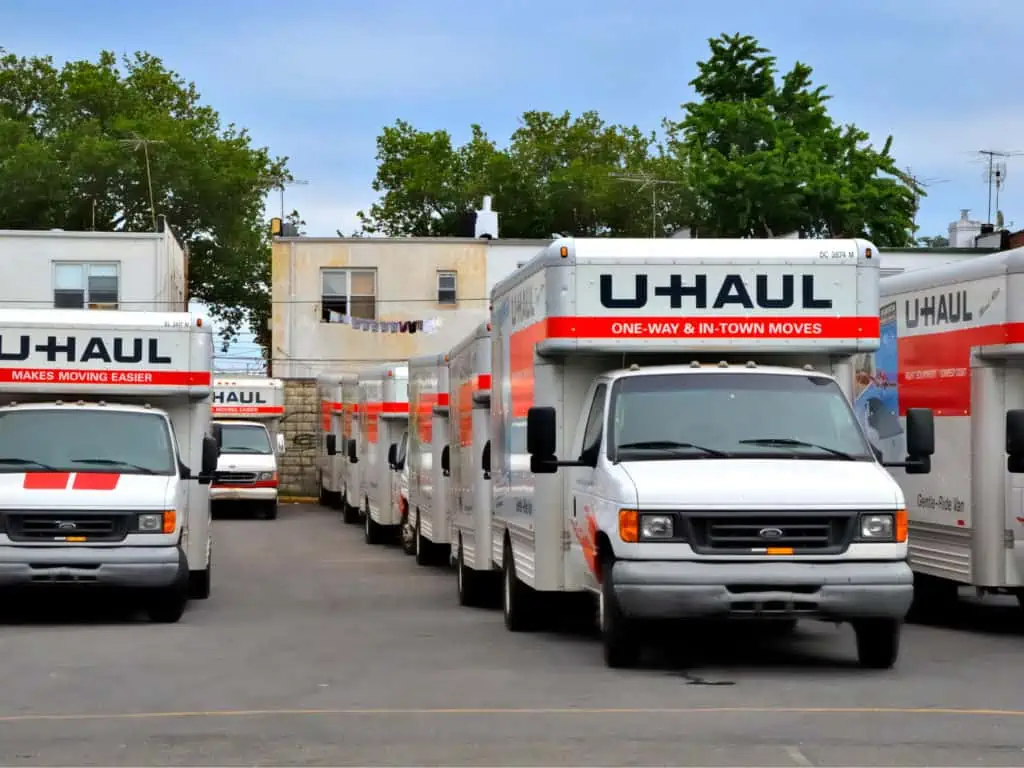
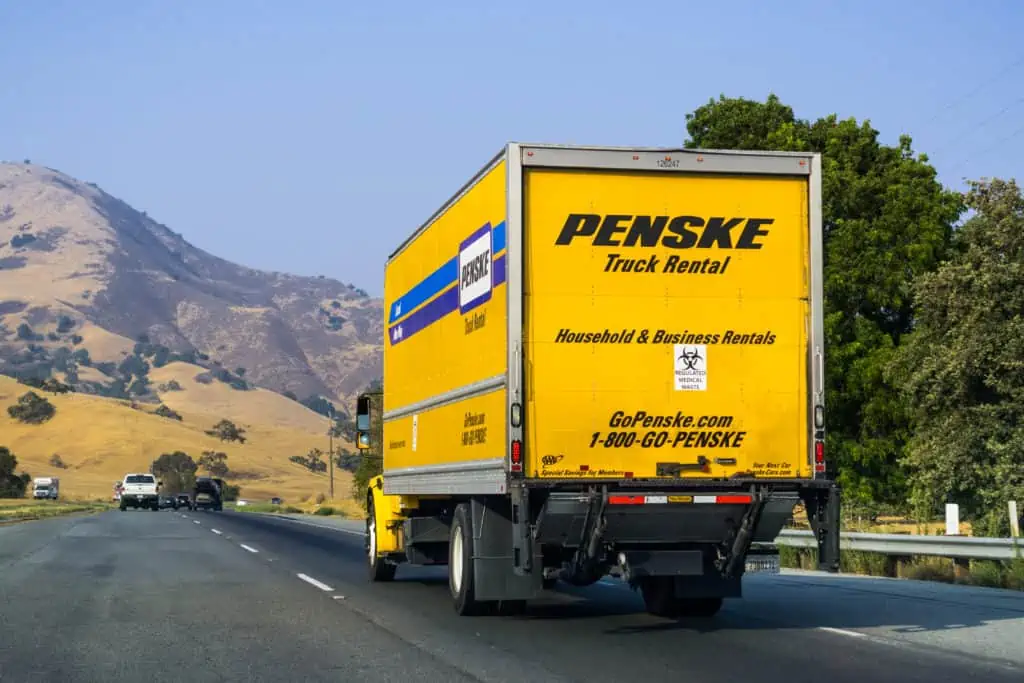
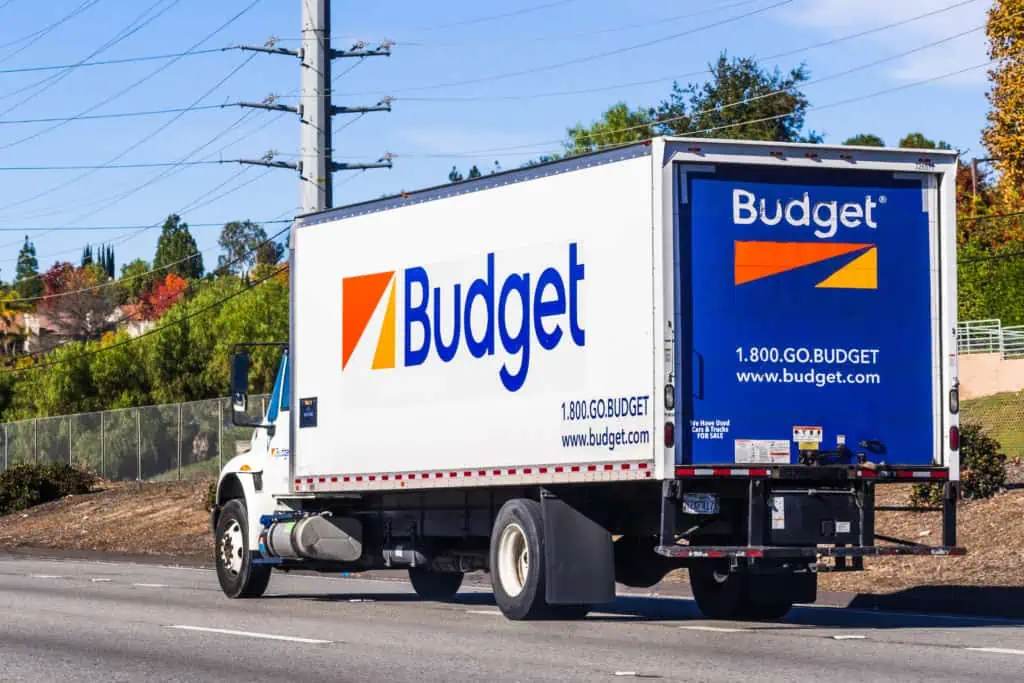
 3. A/C on the highway (go easy!), windows down on the streets
3. A/C on the highway (go easy!), windows down on the streets